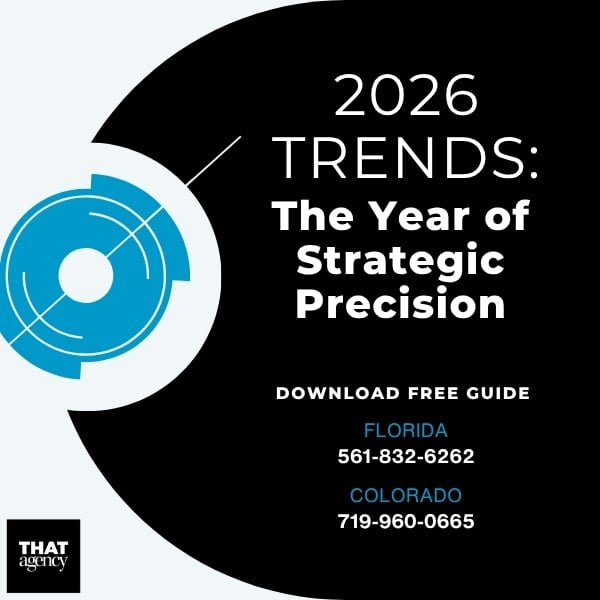Let's be honest - email marketing is still one of the best ways to reach your customers in 2025. While everyone knows the basics like sending newsletters, there are some really clever email marketing tips that can make your campaigns stand out and get better results. We've put together seven research-proven strategies that go beyond the usual advice, helping you create emails that people actually want to open and read.
Here's something cool: emails sent based on what people do get opened 70.5% more often than regular newsletters. That's huge! By setting up automated emails that respond to your subscribers' actions, you can catch them when they're most interested.
Trigger emails are automated messages that get sent when someone takes a specific action. Think of them like a helpful friend who notices what you're interested in and sends you exactly what you need, right when you need it.
Abandoned Cart Reminders (2-4 Hours Later) Someone added items to their cart but didn't buy? Send a friendly reminder. Include product images and maybe a small discount to sweeten the deal.
Re-engagement Campaigns (3-6 Months of Inactivity) Haven't heard from a subscriber in a while? Send them a "We miss you" email with your best recent content or an exclusive offer.
Welcome Series (Immediately After Sign-up) First impressions matter! Send 3-5 emails over two weeks introducing your brand, sharing your best content, and maybe offering a new subscriber discount.
Purchase Anniversaries Celebrate one year since their first purchase with a special thank you and personalized recommendations based on what they bought.
Content-based Suggestions If someone reads three blog posts about social media marketing, automatically send them your advanced social media guide.
Common question: "How many trigger emails is too many?" Keep it reasonable - aim for no more than 2-3 automated emails per week per subscriber. You want to be helpful, not annoying.
The best part? Once you set these up, they run on their own. You just need to create sequences that match how your customers interact with your business. Start with one or two triggers and expand as you see what works.
Nobody wants to read another boring email. The good news? Adding interactive features to your emails can get 73% more people clicking through. That's a huge jump! These interactive elements let your subscribers do things right inside their inbox, making your emails more like a mini-website than just plain text.
Think about the last email that caught your attention. Was it just a wall of text, or did it have something you could click, swipe, or explore? Interactive elements work because they:
Let's break down each type of interactive element and how to use them effectively:
These are super simple one-question surveys that people can answer with just a click. For example:
Why they work:
Reader question: "How many questions should I include?" Stick to one or two max. The moment it feels like work, people will skip it.
Perfect when you need to show multiple items without making your email super long. Great for:
How to use them:
Reader question: "What if people can't see the carousel?" Always make the first image the most important one, since that's what everyone will see even if the carousel doesn't work.
These expandable sections let you pack lots of information into a small space. Readers can click to expand only what interests them. Perfect for:
Best practices:
Reader question: "Should important info be hidden in accordions?" Never! Always put must-know information in the main email body where everyone can see it.
Nothing motivates action like a ticking clock. Use them for:
Tips for success:
Reader question: "Can I use countdown timers for everything?" Be careful - use them only for genuinely time-sensitive offers. Too many countdowns and people stop believing them.
Let subscribers calculate personalized results without leaving their email. Examples:
Making them work:
Reader question: "How complex can these calculators be?" Keep it simple - anything requiring more than three inputs should link to your website instead.
These reveal extra information when someone moves their mouse over an image. Great for:
Mobile consideration:
Reader question: "What about mobile users who can't hover?" Design your emails so the most important information is visible without hovering. Think of hover effects as nice extras, not necessities.
Turn any part of an image into a clickable link. Perfect for:
How to implement:
Reader question: "How many hotspots are too many?" Limit yourself to 5-6 per image. More than that gets confusing and cluttered.
Here's the reality: not every email app can handle these cool features. Some people still use Outlook 2010 or have strict corporate email settings. Here's how to make sure everyone gets a good experience:
Always start with a basic version that works everywhere, then add the fancy stuff on top. This approach is called "progressive enhancement."
Essential Compatibility Tips:
Reader question: "Which email clients support interactive features?" Gmail, Apple Mail, and most mobile apps handle interactivity well. Outlook (especially older versions) and some corporate email systems are more limited.
Don't feel like you need to use every type of interactive element at once. Here's a practical approach:
Phase 1: Start Simple (Months 1-2)
Phase 2: Level Up (Months 3-4)
Phase 3: Go Advanced (Months 5+)
"This sounds technically complicated" Many email service providers now offer drag-and-drop interactive elements. Start with their templates and customize from there.
"Will this hurt my email deliverability?" Interactive elements themselves don't affect deliverability, but large file sizes can. Keep total email size under 100KB when possible.
"How do I measure success?" Track these metrics:
"What if my boss wants proof it works?" Start with a small test:
Before sending any interactive email:
Interactive emails aren't just trendy - they get real results. But remember, the goal isn't to show off cool features. It's to create better experiences for your subscribers that help them take action.
Start small, test everything, and always have a backup plan. Your subscribers (and your click-through rates) will thank you.
When it comes to B2B email marketing tips, getting specific with your audience groups is key. Companies using detailed segmentation see their email revenue jump by 760% - no joke! For B2B marketers, this means looking at way more than just company size.
Sales Cycle Stage
Engagement Patterns
Company Characteristics
Individual Role Factors
Instead of broad groups, create highly specific segments. For example:
Common question: "How many segments should I create?" Start with 3-5 main segments and refine from there. Quality beats quantity - better to have fewer well-defined segments than many poorly defined ones.
Create super-targeted groups based on multiple factors. For instance, group together CFOs at growing tech companies who've looked at your pricing info recently. This kind of precision makes your emails way more relevant.
Forget those "best time to send" articles you've read. Machine learning can now figure out the perfect send time for each person on your list. Studies show this can improve open rates by 23%.
Geographic Considerations
Individual Patterns
Industry-specific Timing
Content Type Matters
Common question: "What if I don't have fancy AI tools?" Start simple:
Don't send everything at once - spread sends over 2-3 hours. Consider inbox placement - avoid the Monday morning flood. Respect time zones - nobody wants emails at 3 AM.
Test seasonal variations - summer schedules differ from winter. Monitor deliverability - some times have higher spam risks.
Start with your most active subscribers and expand from there. Keep watching the results and adjust as needed. Remember, the best times can change, so keep optimizing.
Using someone's name is just the beginning. Dynamic content lets you change entire sections of your email based on what you know about each subscriber. This can triple your click rates when done right.
Product Recommendations
Location-based Content
Industry-specific Examples
Role-based Messaging
Start with data collection:
Choose your dynamic elements:
Create content variations:
Common question: "How much personalization is too much?" Avoid being creepy - use data that subscribers knowingly provided or that's clearly beneficial to them. Skip anything that feels like surveillance.
Always have a default version as fallback. Test each variation thoroughly. Monitor performance by segment.
Update content regularly. Keep variations consistent with brand voice.
Start small with one or two dynamic elements, then add more as you see results. Make sure your email system can handle this and that your subscriber info is accurate.
Nobody wants to fill out a huge form right away. Progressive profiling means asking for information bit by bit over time. This approach gets 86% more people to complete your forms while still building detailed profiles.
Initial signup (keep it minimal):
Welcome email series (add preferences):
First download or purchase:
Ongoing engagement:
Interactive Quizzes "What's your marketing style?" - fun and informative
Preference Centers Let subscribers choose what content they want
Annual Surveys "Help us serve you better" with incentives
Content Downloads Ask one new question per download
Email Polls Single-question surveys in your newsletters
Support Interactions Gather insights during help requests
Map out what you need to know:
Design the experience:
Incentivize participation:
Common question: "What if people won't share information?" That's okay! Focus on demonstrating value first. As trust builds, people become more willing to share. Never make fields mandatory unless absolutely necessary.
Focus on collecting information that actually helps you send better emails. Quality beats quantity every time.
Making emails accessible isn't just nice - it can increase your audience by 15-20%. This includes people with disabilities and anyone using screen readers. Plus, accessible emails tend to work better for everyone because they're clearer and easier to read.
Images and Alt Text
Color and Contrast
Font and Readability
Structure and Navigation
Subject Lines Clear and descriptive, no ALL CAPS
Preheader Text Summarizes email content
Button Size At least 44x44 pixels for touch targets
Language Simple, clear sentences
Animations Provide pause controls or avoid auto-play
Common question: "Is accessibility legally required?" In many countries, yes. The ADA in the US and similar laws elsewhere require digital accessibility. Plus, it's just good business.
Make accessibility checks part of your regular email review process. Use testing tools but also do manual checks to catch issues.
Using these email marketing tips successfully takes planning and patience. Start with the strategies that fit best with what you're already doing, then gradually try more. Here's your action plan:
Audit your current email program:
Choose 2-3 strategies to start:
Create an implementation plan:
Monitor and optimize:
Key metrics to track:
Remember, great email marketing comes from constantly testing and improving. What works for one audience might not work for another, so always be experimenting.
For B2B marketers, combining these strategies with account-based marketing can really multiply your results. Focus on building relationships with valuable content while respecting what your subscribers want.
Email marketing in 2025 needs to be smarter than just following basic rules. These research-backed strategies give you an edge when you use them thoughtfully. Whether you're working on general email marketing or specific B2B email marketing tips, success comes from really knowing your audience and consistently providing value.
Want to see these strategies transform your email results? Get in touch with THAT Agency today. Our team knows how to create data-driven email campaigns that connect with audiences and deliver real results. Let's work together to unlock what your email marketing can really do.
Tags: Email Marketing, Business Use, Email Marketing Strategy
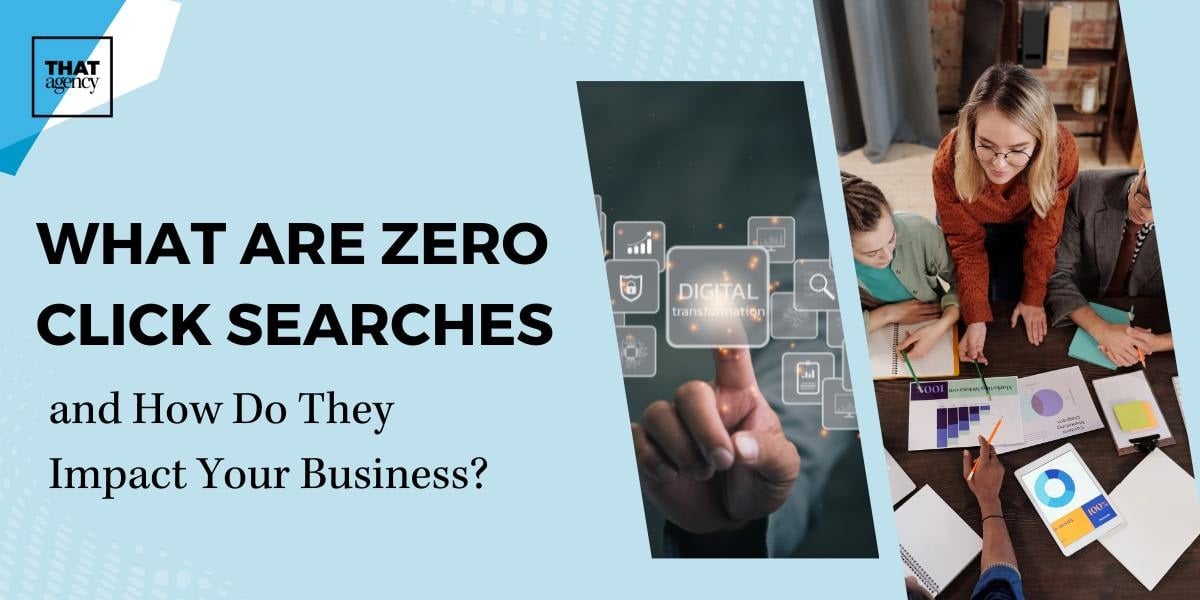
What are Zero Click Searches and How Do They Impact Your Business?
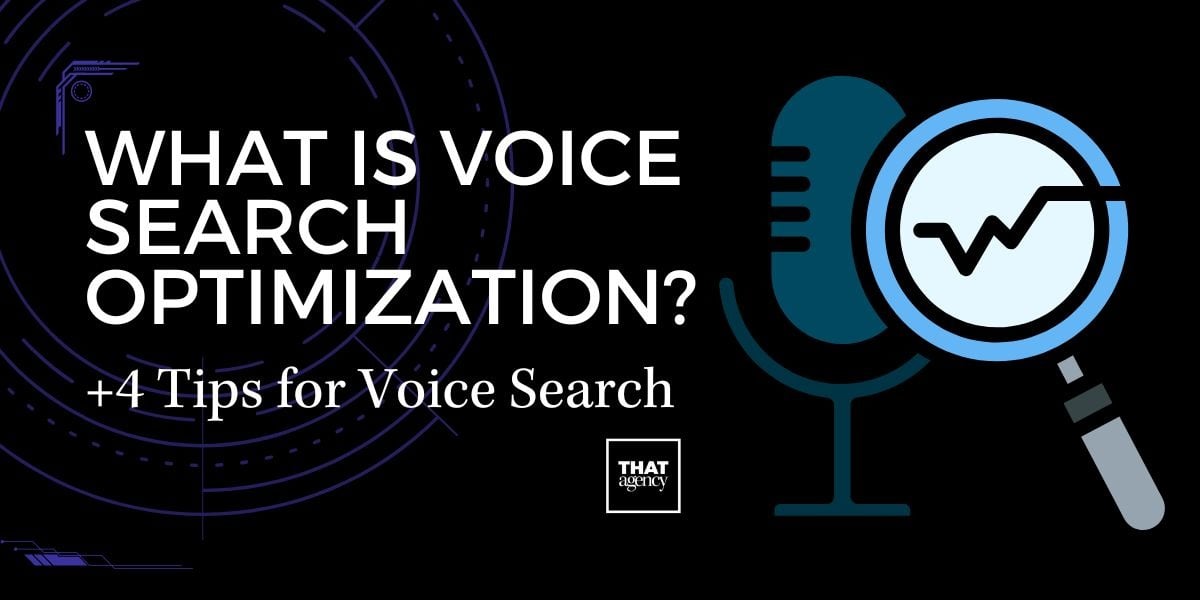
What is Voice Search Optimization? +4 Tips for Voice Search
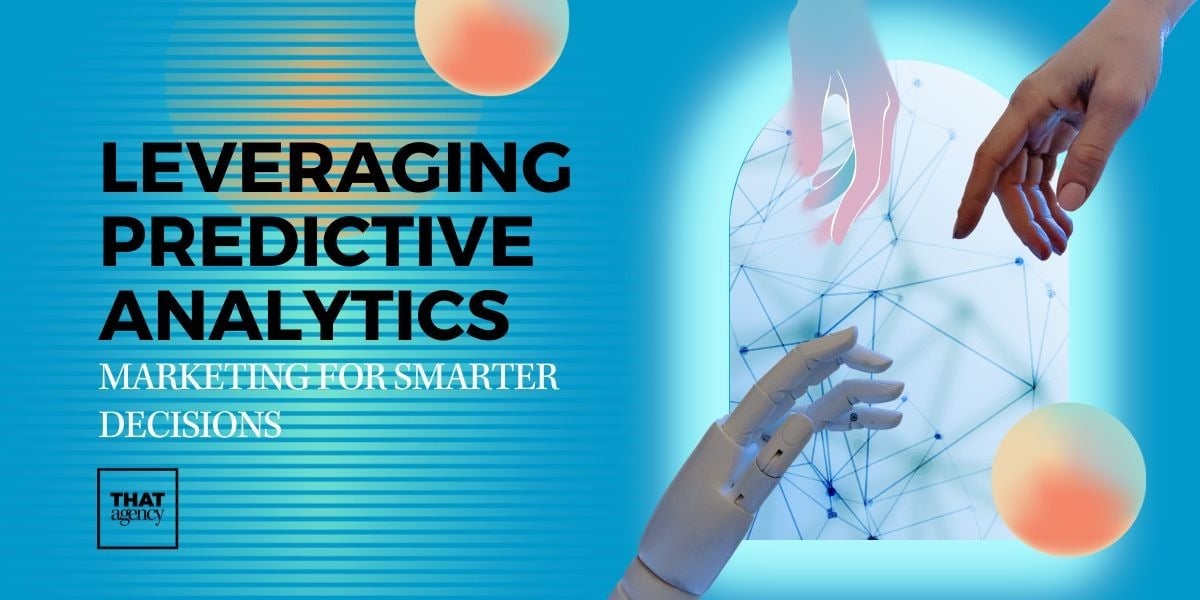
Leveraging Predictive Analytics Marketing for Smarter Decisions
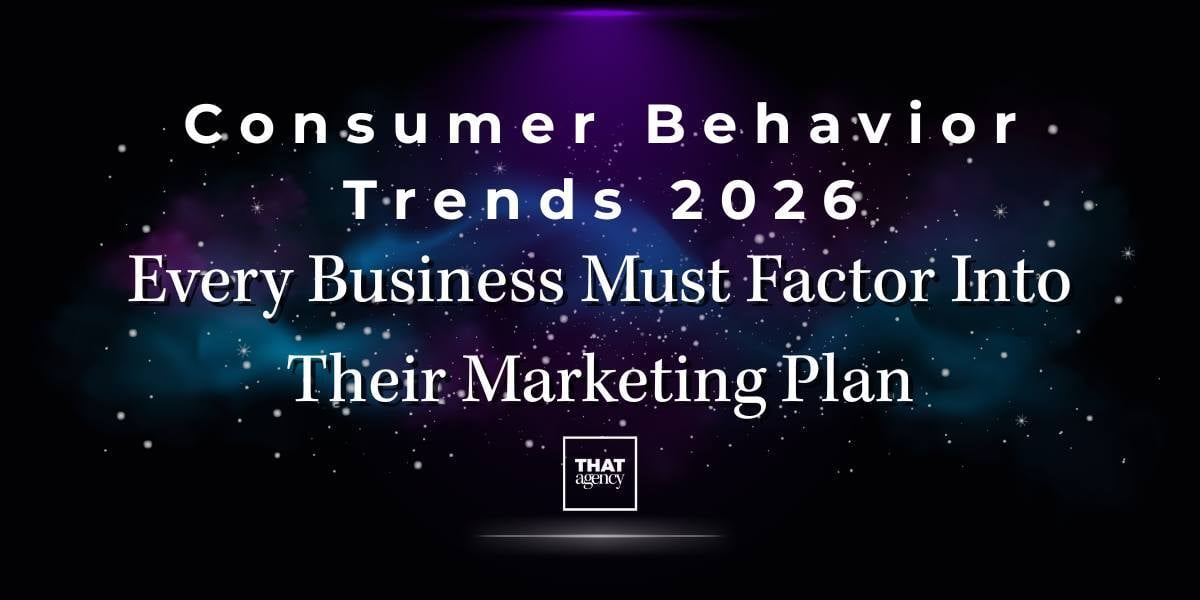
Consumer Behavior Trends 2026 Every Business Must Factor Into Their Marketing Plan
.jpg)
AI Image Generation for Marketers: What’s Possible and What to Avoid
700 S. Rosemary Ave.
Suite 204-707
West Palm Beach, FL 33401
P: 561.832.6262
F: 561.832.7707

